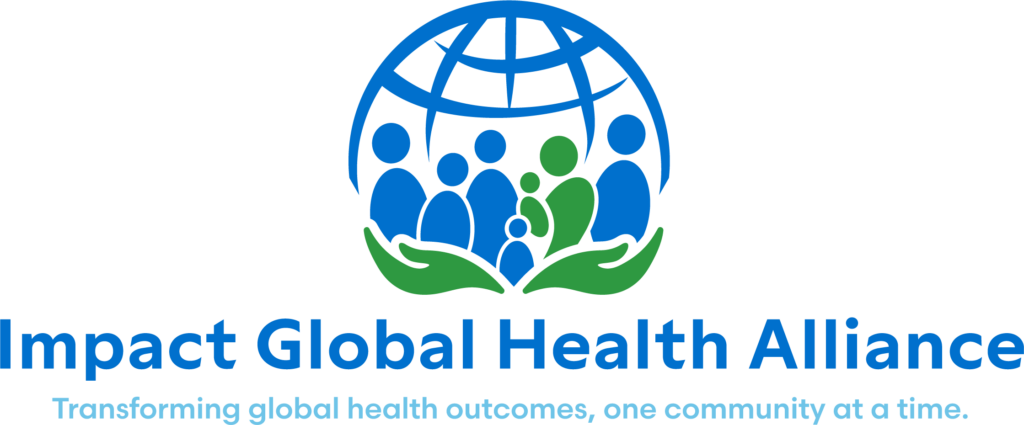Picture it. A microscopic virus worms its way into the body and finds its way into the cells of its newly minted host. It hides quietly, rapidly making copies of itself and its own DNA inside the normal immune cells. It’s working fast, so fast that it isn’t even checking for errors so many of the copies are different. Different but all very dangerous. It lies dormant for years, giving the host time to get comfortable. Until one day, it attacks with a vengeance and the host can no longer protect itself. Not even from something as simple as a cold.
This may sound like Sci-Fi or the Twilight Zone, but this is actually the way the HIV (Human Immunodeficiency Virus) infects its host, better known as the human body. Luckily, this crafty virus can’t be spread by casual contact like kissing and shaking hands. HIV can only be passed from person to person through sexual fluids and blood, and from mother to child through breastmilk and childbirth. Because of how it’s spread certain groups of people, like people who inject drugs, men who have sex with men, and female sex workers, are at a greater risk of contracting HIV. However, these groups are not the only ones capable of contracting HIV. In populations where more than 5% of the adults are infected, the primary mode of transmission is heterosexual sex.
 |
| Leader presenting at school ambassador event in Haiti |
HIV can be easily prevented but only if people know how it is spread and how to protect themselves. That’s where community health projects like Impact Global Health Alliance Global’s comes in. Equipping communities with the accurate knowledge and resources for preventing HIV is vital to stopping its spread, which is exactly what we focused on at our project in Haiti from February 2009 to January 2013. The HIV Prevention Project in Haiti was our first project to focus primarily on HIV/AIDS education and prevention. During the three years that it was active, trained Haitian peer educators provided prevention services to more than 100,000 Haitians.
A large part of the project was simply educating adults about preventing the spread of the disease while also encouraging pre-teens to participate in events that promoted prevention through abstinence. The project reached over 14,000 children and tested over 22,000 women for HIV. Although we are no longer actively working in Haiti, the HIV Prevention Project is being continued through our partners at the Haitian Ministry of Health.
 |
| Haiti County Director, Dr. Francois training local HIV staff |
Now that’s hope through health. Sound like something you’re interested in? If so, partner as a volunteer on future project like this! Contact [email protected] for more information.
 |
| Haiti staff posing in front of Impact Global Health Alliance project sign |




